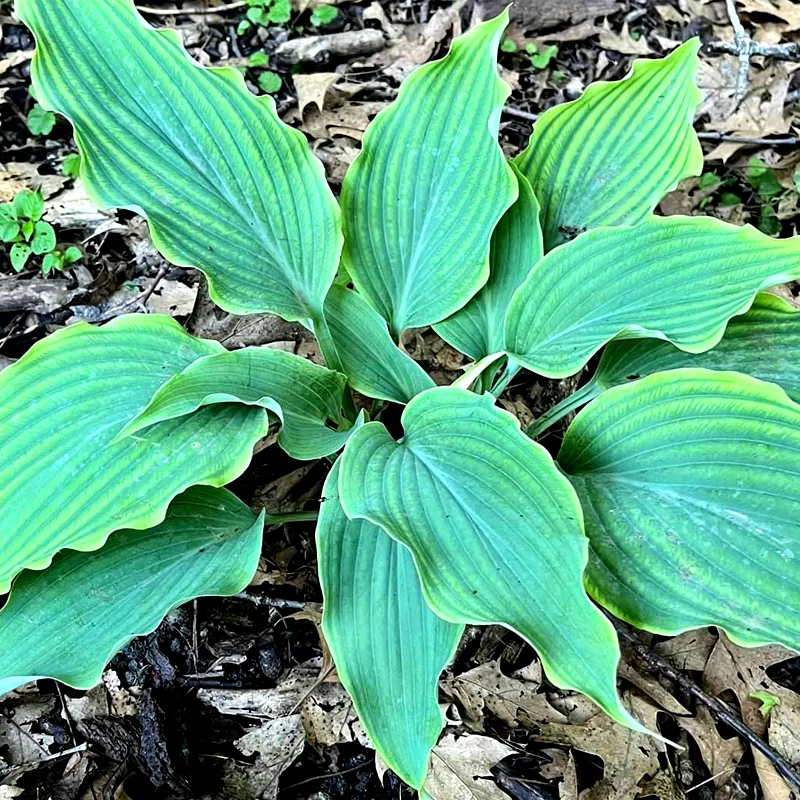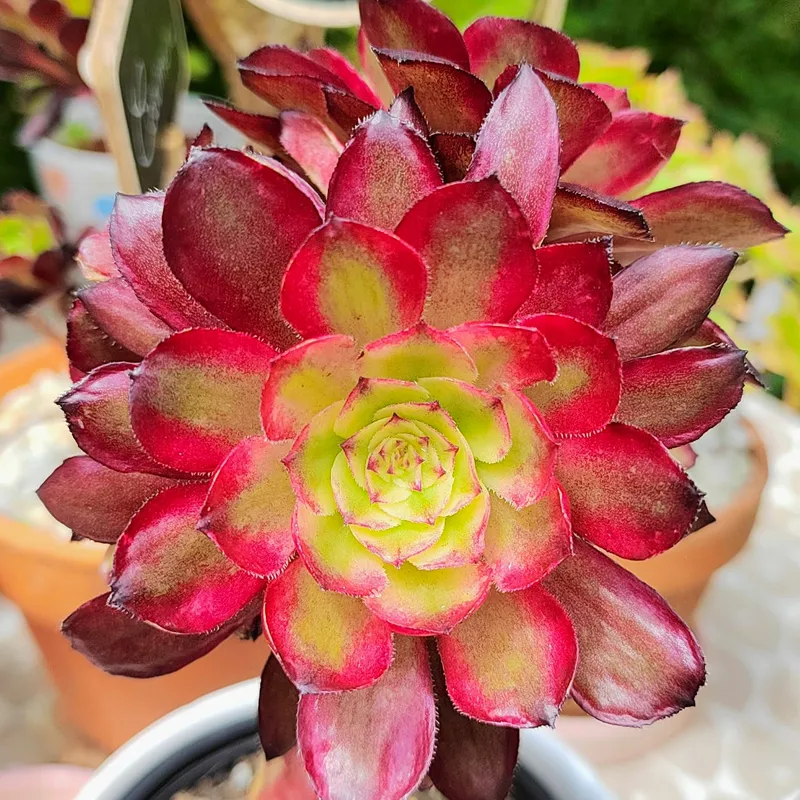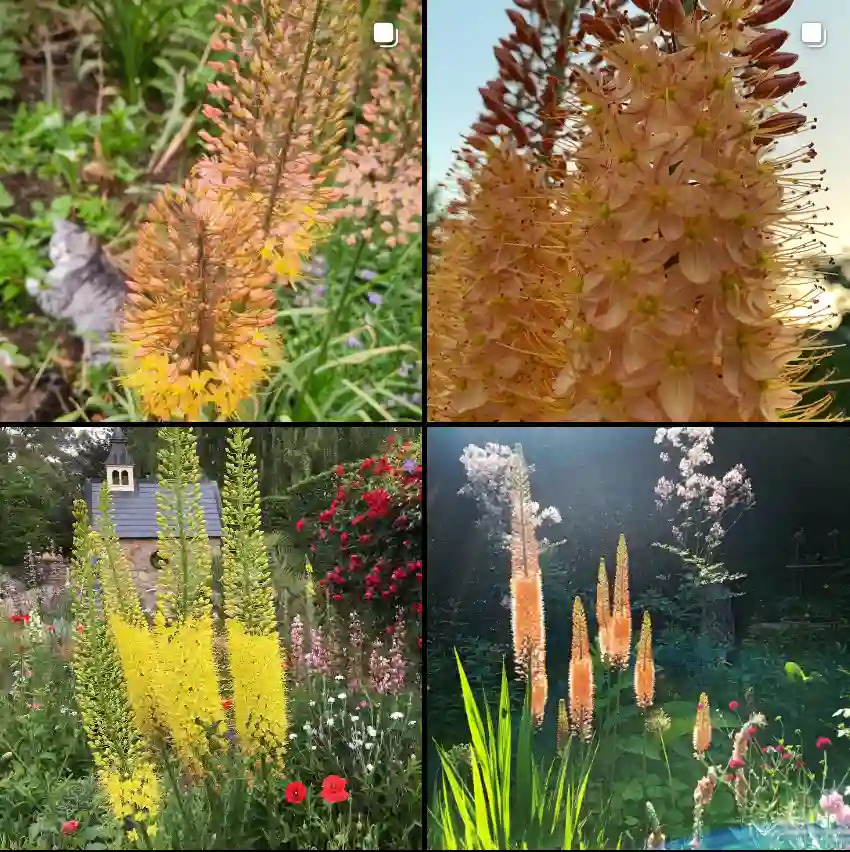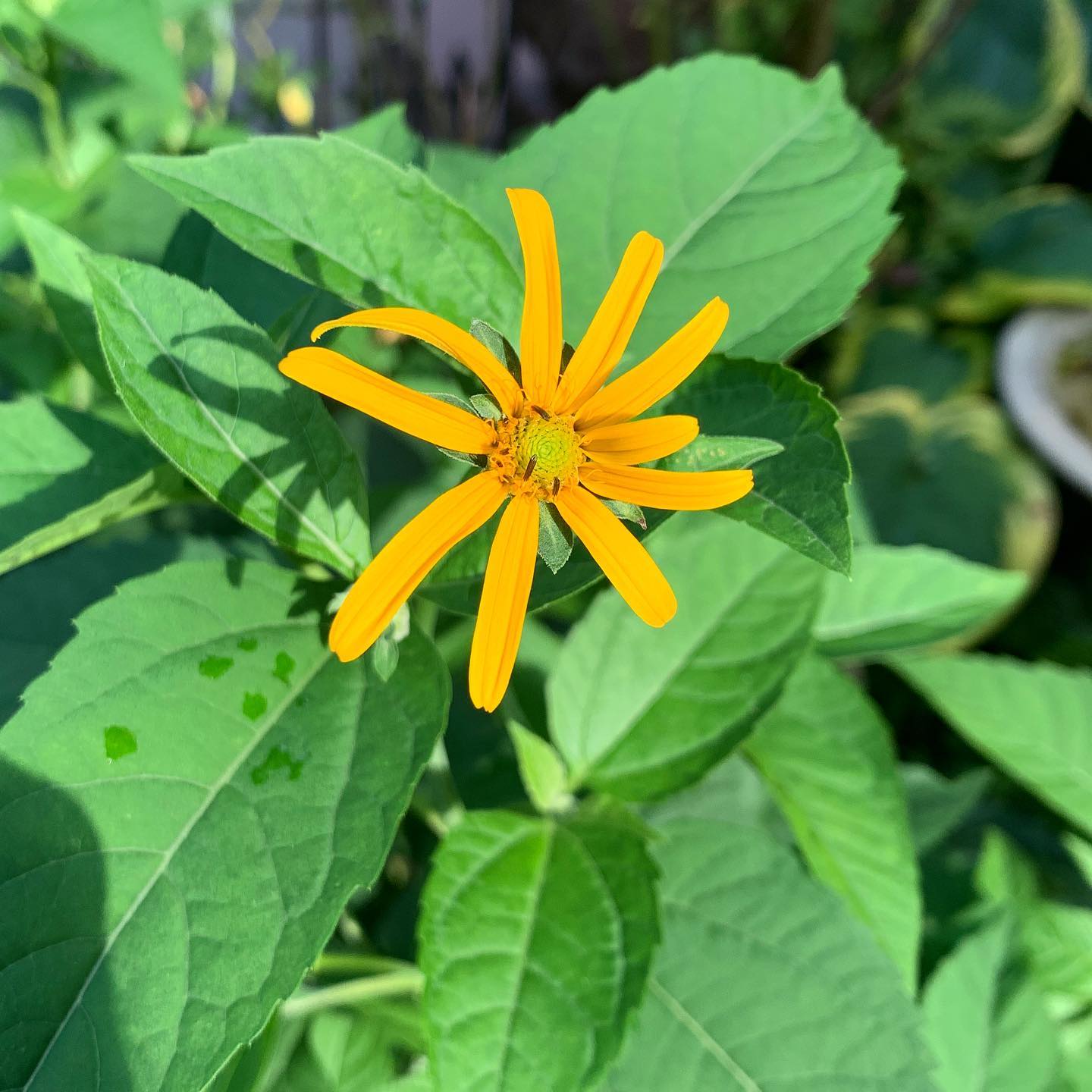FAQs About Myriophyllum Aquaticum
As a plant enthusiast, I often get questions about Myriophyllum Aquaticum, commonly known as Parrot’s Feather. This aquatic plant is admired for its striking appearance and adaptability, but it can be a bit tricky to manage if you’re not familiar with it. Here’s a comprehensive guide based on my experiences to help you better understand and care for this fascinating plant.
72 Species in Genus Myriophyllum
What Is Myriophyllum Aquaticum?
Myriophyllum Aquaticum, or Parrot’s Feather, is an aquatic plant native to South America. It thrives in both still and slow-moving water and is known for its feathery, bright green foliage that resembles a parrot’s plumage. The plant is often used in water gardens, aquariums, and ponds due to its attractive appearance and ability to provide habitat for aquatic life.
How to Care for Myriophyllum Aquaticum?
Caring for Myriophyllum Aquaticum involves a few key factors:
- Water Conditions: This plant thrives in cool to warm water, ideally between 65°F and 75°F. It’s important to ensure that the water is clean and free of debris. Regular water changes and proper filtration will help maintain a healthy environment.
- Lighting: Parrot’s Feather prefers bright, indirect light. If grown in an aquarium, it should be placed where it receives sufficient light, but avoid direct sunlight which can lead to algae growth.
- Substrate: It can grow in a variety of substrates, from gravel to sand. However, it does best when anchored in a soft substrate that allows its roots to spread.
- Nutrients: While Myriophyllum Aquaticum is not very demanding in terms of nutrients, adding a liquid aquatic plant fertilizer every couple of weeks can promote healthier growth.
- Pruning: Regular pruning is essential to keep the plant healthy and prevent it from becoming too invasive. Trim any overgrown or dead parts to encourage new growth and maintain its appearance.
How to Propagate Myriophyllum Aquaticum?
Propagation of Myriophyllum Aquaticum is relatively straightforward:
- Cuttings: The most common method is by taking cuttings. Simply snip a healthy stem below a node, ensuring it’s about 4-6 inches long. Place the cutting in water or a suitable substrate. It will quickly develop roots and can be transplanted once established.
- Division: You can also propagate by dividing an established plant. Gently separate the root system into smaller sections, ensuring each section has healthy roots and stems. Replant these divisions in separate containers or locations.
What to Plant With Myriophyllum Aquaticum?
Myriophyllum Aquaticum pairs well with various aquatic plants, such as:
- Water Lettuce (Pistia stratiotes): Its floating leaves provide a nice contrast and help reduce algae growth by shading the water.
- Water Hyacinth (Eichhornia crassipes): This plant’s large, attractive blooms and rapid growth complement the feathery look of Parrot’s Feather.
- Anubias (Anubias barteri): A hardy plant that adds a different texture and can be grown attached to rocks or driftwood.
These combinations can enhance the aesthetic appeal of your aquatic setup while maintaining a balanced ecosystem.
Is Myriophyllum Aquaticum Toxic?
One of the benefits of Myriophyllum Aquaticum is that it is non-toxic to humans and animals. This makes it a safe choice for ponds, aquariums, and gardens where pets and children might be present. However, it’s always good practice to monitor any plant interactions to ensure overall safety.
Benefits of Myriophyllum Aquaticum
Myriophyllum Aquaticum offers several benefits:
- Aesthetic Appeal: Its vibrant, feathery foliage adds a unique texture and color to water gardens and aquariums.
- Oxygenation: Like many aquatic plants, it helps oxygenate the water, which is beneficial for fish and other aquatic life.
- Habitat: It provides hiding spots and shelter for small fish and aquatic creatures, contributing to a balanced ecosystem.
Common Problems with Myriophyllum Aquaticum
While Parrot’s Feather is generally resilient, it can encounter a few issues:
- Algae Growth: In direct sunlight or high-nutrient environments, it can promote algae growth. Regular maintenance and proper light levels can help prevent this.
- Invasive Nature: In some areas, it can become invasive if not properly managed. Keep it contained and prune regularly to prevent it from overtaking other plants.
Comparison with Similar Plants
Myriophyllum Aquaticum is sometimes confused with similar aquatic plants like Myriophyllum Spicatum (Eurasian Watermilfoil) and Myriophyllum Verticillatum. While all share similar features, such as feathery foliage and aquatic habitat, Parrot’s Feather is distinctive due to its bright green color and more compact growth compared to the often more aggressive spread of its relatives.
In summary, Myriophyllum Aquaticum is a beautiful and versatile plant that, with the right care, can enhance any aquatic environment. Its adaptability and aesthetic qualities make it a popular choice among plant enthusiasts. Whether you’re maintaining a pond or aquarium, understanding how to care for and propagate Parrot’s Feather will help you enjoy its many benefits and keep it thriving.
If i die, water my plants!



